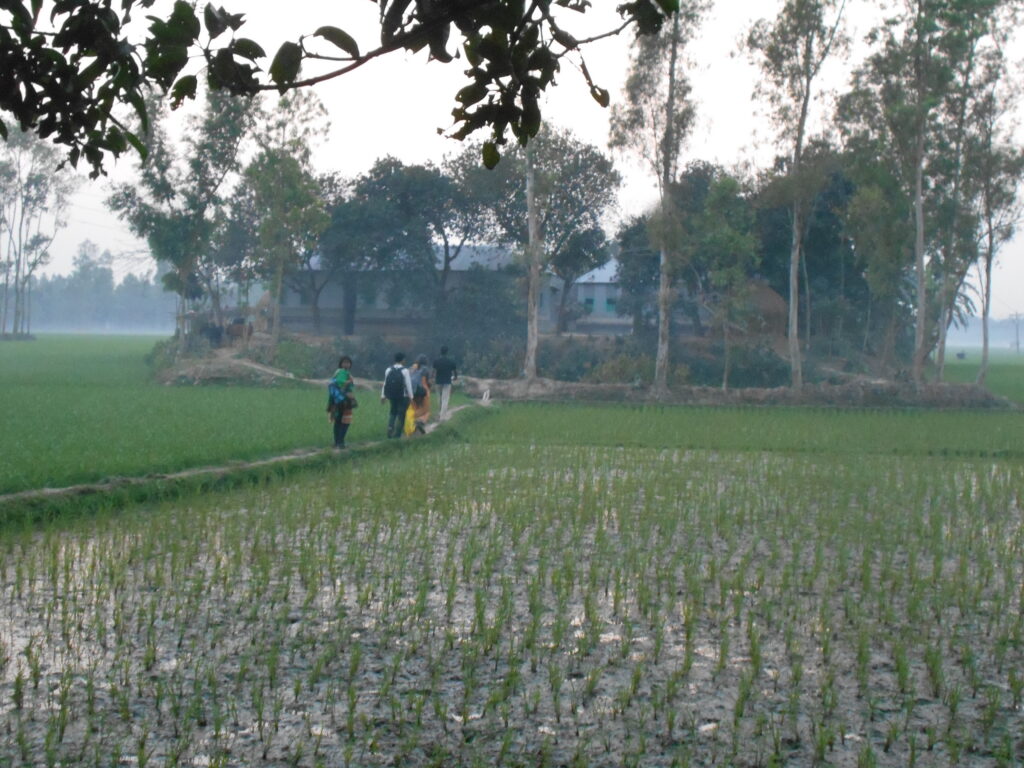
Naogaon 2. January 2016
On our first trip to Naogaon, there was a man in our train compartment with whom we had got talking. He was a Bangladesh Railways staff who worked in the signals section at Ishwardi station, but he was on leave that day. His name was Mohammad Enamul Kalam and he told us stories about how he also practiced acupressure and healing and was returning from a patient’s house. He talked about many mystical things and I somehow felt there was more to this encounter, it would not end with this one conversation. So I asked for his phone number. Before this second trip Enamul bhai and I spoke on the telephone and we arranged to meet at Ishwardi station. I was anyway fascinated by the idea of a man who signals trains to halt and pass. Also, the name of these stations.
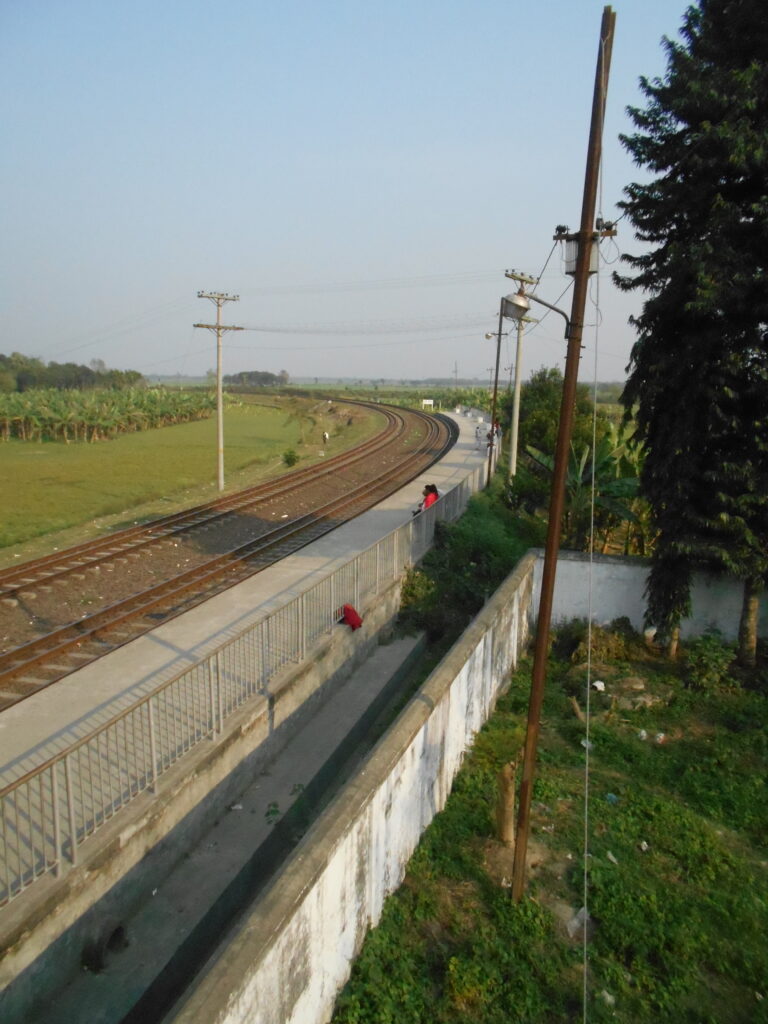
After last year’s trip and the visit to the Naogaon Ganja Society Cooperative office, I had a feeling that I would now have to look elsewhere for the fakirs on Bake’s cylinders and maybe I would be able to come back to Naogaon at some later stage. The folk music collector Muhammad Mansooruddin (1904-87) – this is the spelling he might have liked to use, with a double o, as I have seen his letter to Arnold Bake signed thus, although the conventional spelling is Mansuruddin—was Arnold Bake’s companion on his 1932 Naogaon trip. He came and met the Bakes at Santahar station, then took them in a carriage to Naogaon where they would be staying with the Sub-Divisional Officer, Annada Shankar Ray, himself a reputed poet and essayist, and his American wife Lila, also a writer. Mansooruddin was with Bake when he was making his recordings on 28 February 1932. He was making his own recordings, albeit in his notebook, as has been recorded by Annada Shankar in an essay. My thoughts were that perhaps the songs Bake recorded later appeared in some volume of Mansooruddin’s Haramoni?
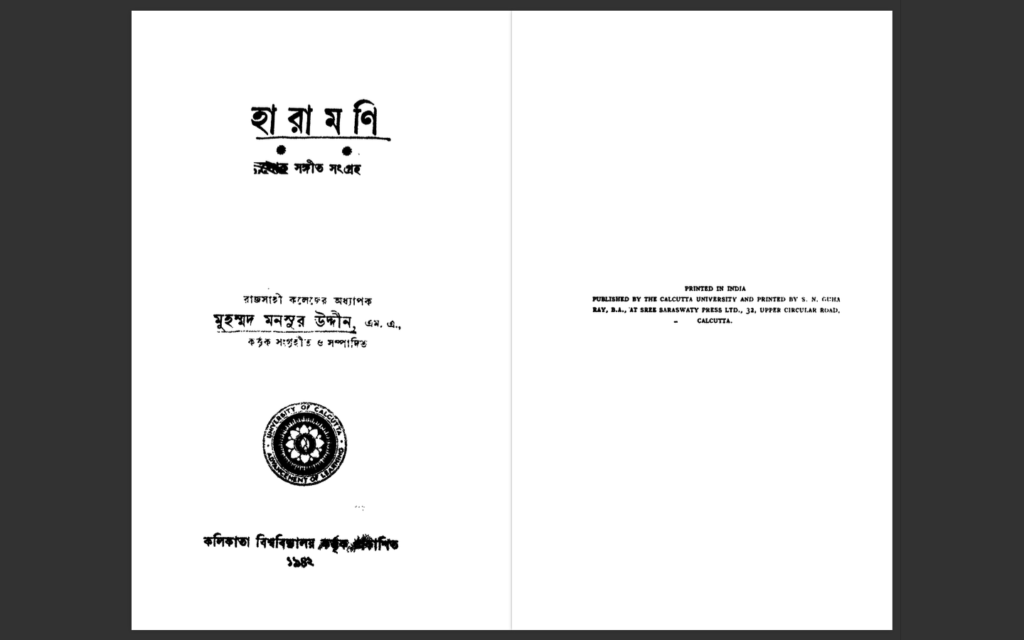
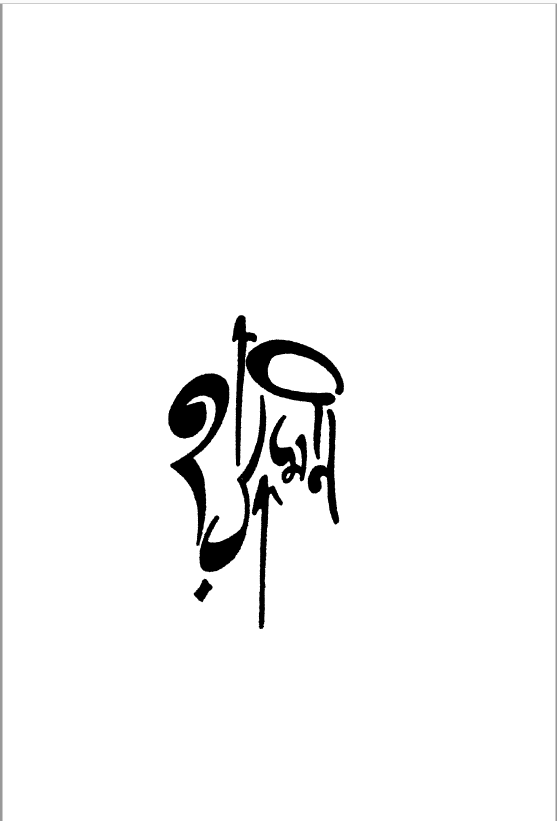
I was accompanied on this trip by Dhaka-based filmmaker-photographer Moti Rahaman, a nephew of Mansooruddin’s, and his wife Nowrin Oshin, a young writer and editor of a journal on environment. Moti had been trying to work on Mansooruddin, but the rest of the family weren’t so keen to build an archive with the papers and correspondence of this man’s amazing collection of folk songs, published in 13 volumes, between Calcutta and Dhaka. Much of the material must be either lost or scattered beyond retrieval. I thought we could look for the songs Bake recorded in Mansooruddin’s volumes, itself a difficult task. Before that we would have to be able to listen to the songs, get a sense of the words and thus know what to look for. All of this would take time. Going to Mansooruddin’s home, seeing his grave, going to the station where he had met Bake, tracing the route the Bakes would have taken—that would give a sense of a lost time, I thought. Moti, Oshin and I took a bus from Dhaka to Sirajganj.
From these recordings, the listener will get a sense of place and time. As I am listening again, I can listen to my mind, formulating the questions. I am moving bit by bit, looking, listening, feeling, searching and finding too.
We had to wait for a long time at Ishwardi Road station and Enamulbhai told us stories about trains and stations. Oshin and Moti joined in, Enamulbhai read Oshin’s palm and told her, her story!
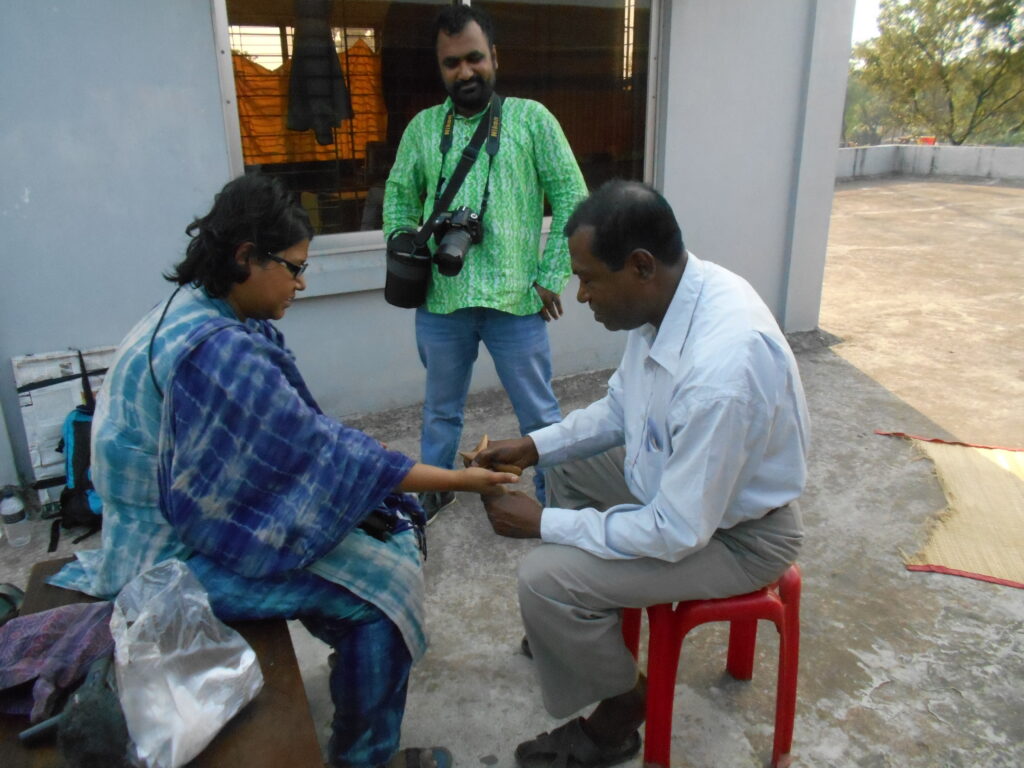
Then on the train to Santahar, Enamulbai and I chatted with a man from Joypurhat about the land and crops and catching fish in Chalan Beel—the estuaries which form when water from the hills flow down and flood the fields, transforming them into lakes. Then the villages become little islands and people go from place to place in boats. I asked the man if they grow ganja in Joypurhat and he said no. Then Enamulbhai told us a story about tasting ganja for the first and only time in a friend’s house near Akkelpur, near Naogaon.
At Santahar station I wanted to get a feel of what the place must have been like when Bake came here all those years ago. We went for a walk and Enamulbhai talked about the railways and old stations, Jagatee and Pakshey and the Hardinge Bridge, built in 1915.
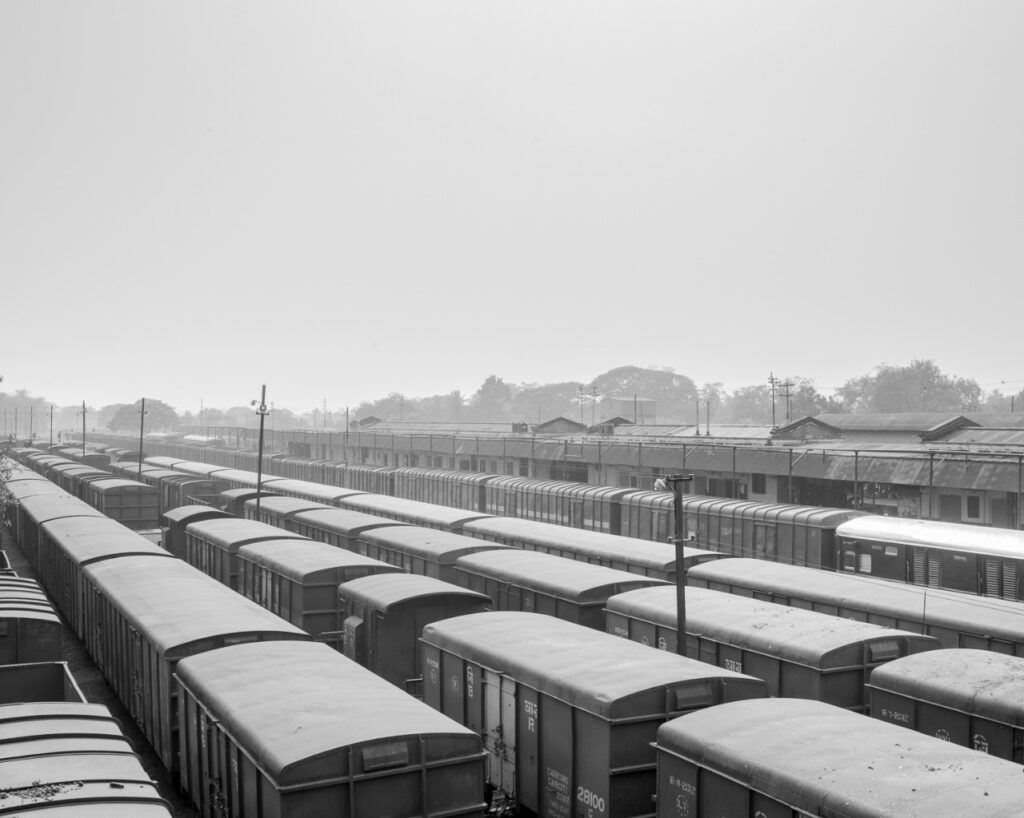
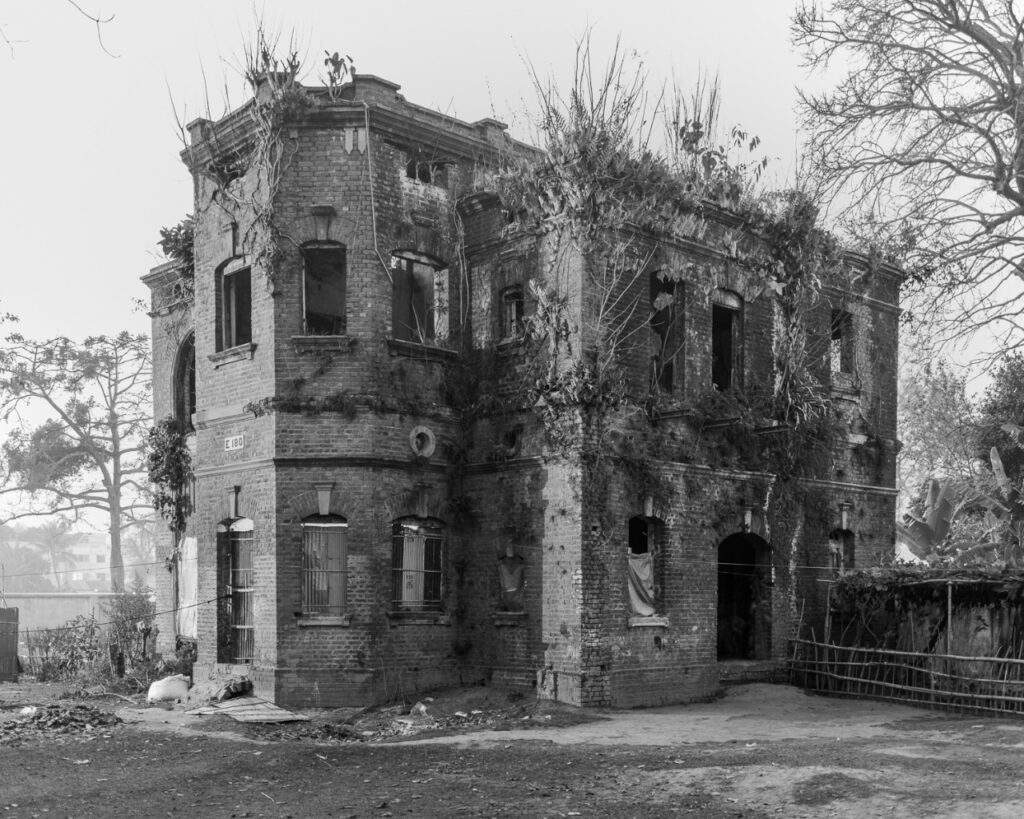
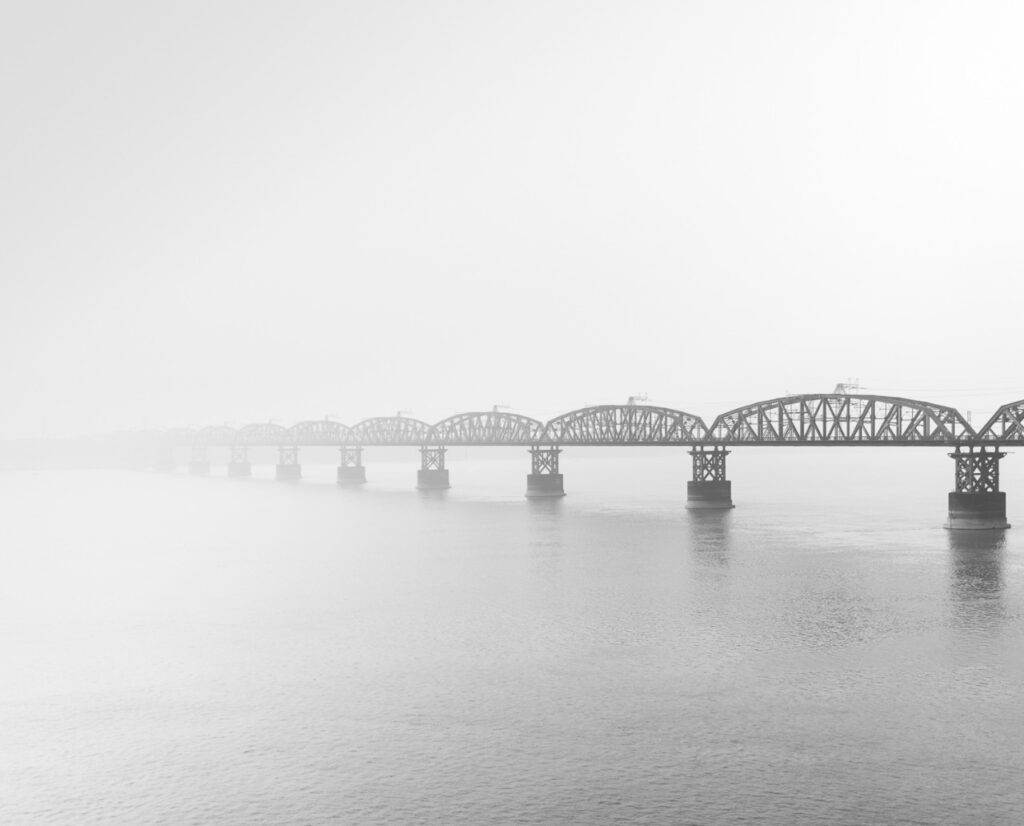
These photographs by Sarker Protick capture for me something of that old time of what we were talking, although they were taken some time in 2018-19.
We took a real roundabout route to Pabna that evening, first going by bus to Bogura and another bus to Pabna. We would stay with Moti’s cousin Shariful Islam Bablu that night. Then the next morning folklorist Uday Shanker Biswas came to meet us from Rajshahi; we had met on our first Naogaon trip. We all set off for Sujanagar, Mansooruddin’s home, where Moti’s cousin Babul Mandal lives now. The women of the house had cooked a huge meal for us while Babulbhai told us stories about the Padma river.
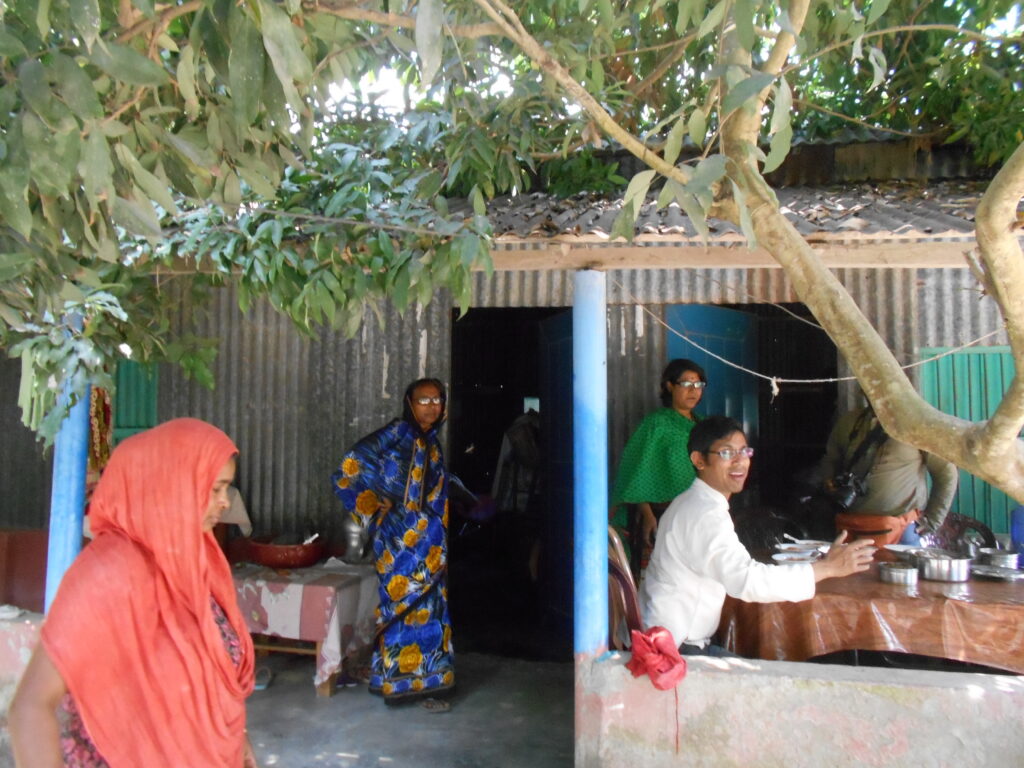
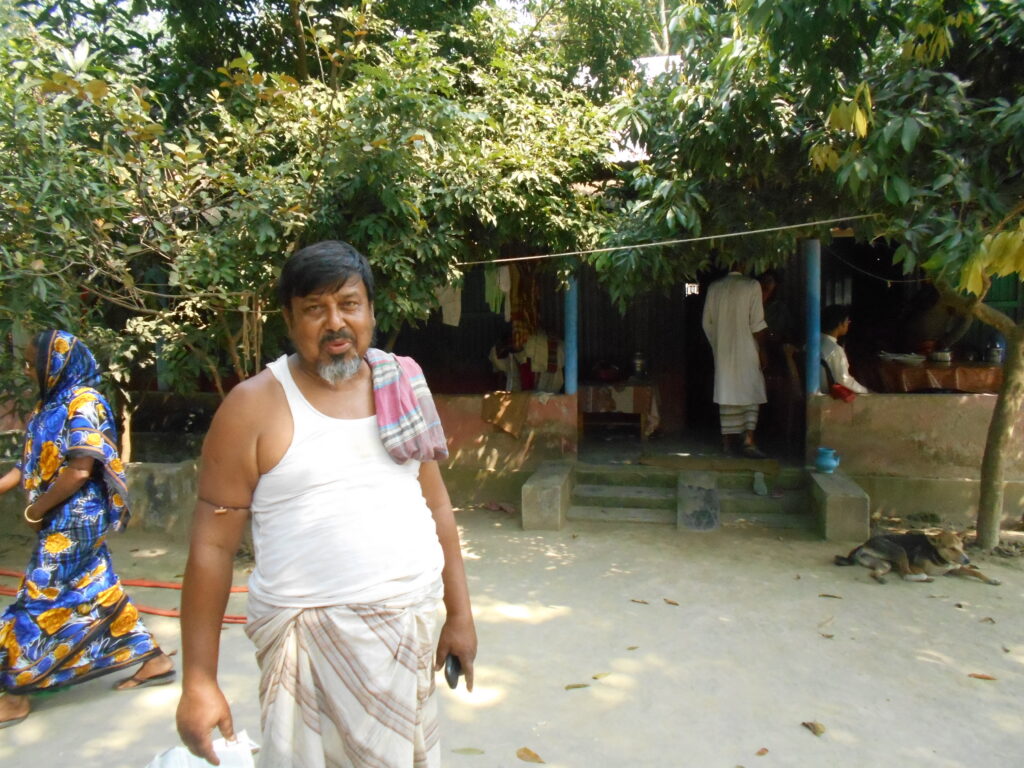
And we went to see Mansuruddin’s grave.
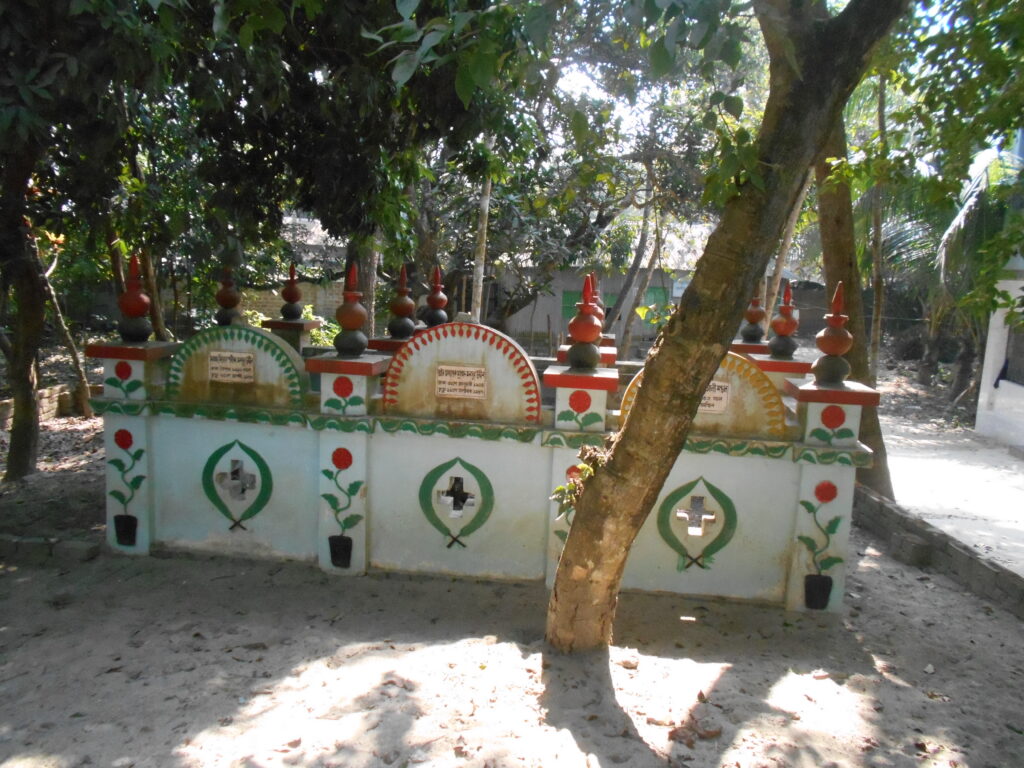
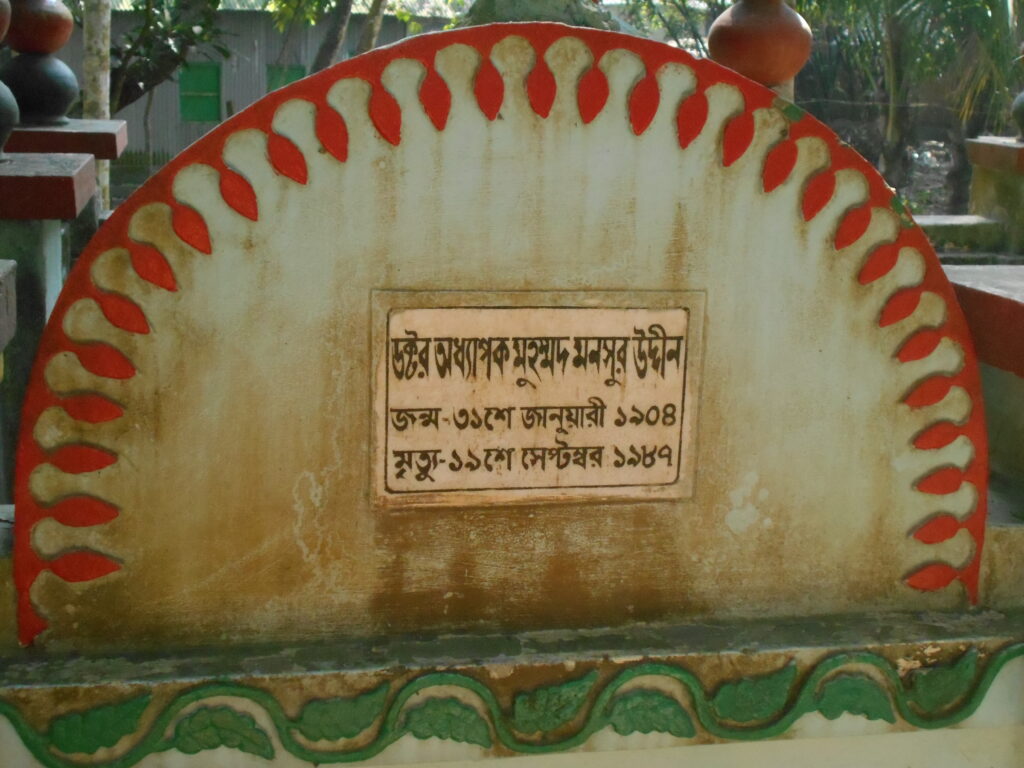
From here Uday, Moti, Oshin and I went to look for a place in Sirajganj by the name of Bordul, which was in Pabna once, and which might have been my father’s village, but found ourselves amidst green fields and broken tracks. I could not find any trace of my father’s village, but tried instead to listen to the way people talked. Had my father stayed on here, would he too have talked this way?
